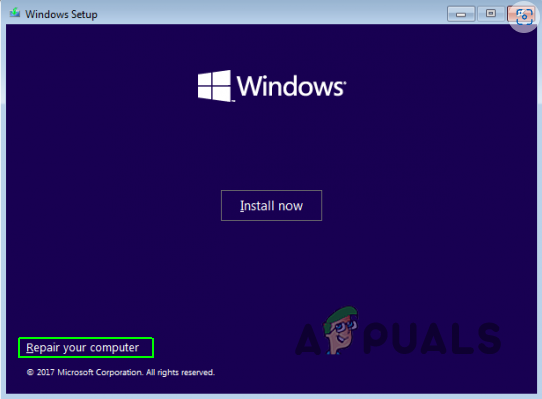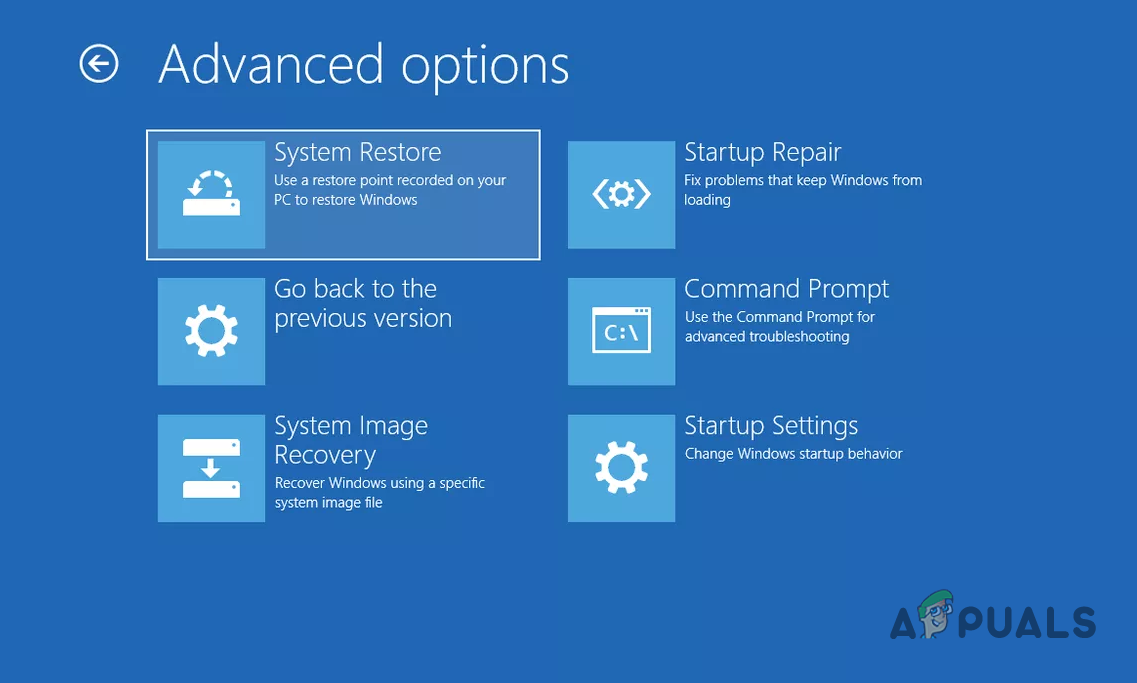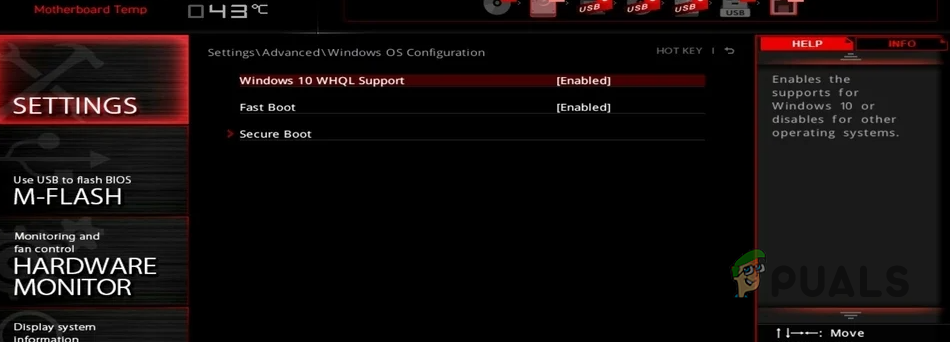If you’re not already familiar, the fixboot option creates a new boot sector on your system partition that is compatible with your operating system. This is usually helpful when your boot sector is damaged and thus unable to boot into Windows. In this article, we are going to show you how to resolve the error message in question quite easily with a number of methods that have been used by other community members who were facing a similar issue. So with that said, let us get started and jump right into it.
1. Use Installation Media to Configure Boot Files
The first thing that you should do when you encounter the error message is to use an installation media to configure the boot files of your operating system. In this case, we will be using the BCDBoot utility, which will be copying the boot files into your system partition in order to fix any issues. Therefore, as mentioned, you need to have an installation media in order to proceed with this method. If you do not have an installation media, we would recommend downloading the Windows ISO from the official website and then creating a mountable USB drive that you can boot into to fix the issue. If you’re not sure how to create a bootable installation media, we have plenty of guides on our website available that can guide you through the process, such as how to create Windows 10 bootable USB using Rufus. Once you have a bootable Windows installation media ready, you can follow the instructions down below. Please make sure that the Windows version on your installation media is 1709 or newer. With that said, let us get started.
2. Use Automatic Repair after Naming the System Partition
If the above solution does not fix the error for you, you can use the automatic repair utility to fix the boot issue. This is rather simple and can fix the issue for quite a few users. For this, you don’t really need the installation media, but you can do it using the media as well. First of all, you will have to boot into the Advanced Options menu. If you don’t have an installation media, you can try pressing the F11 key or F8 key on your keyboard while your computer is booting up to boot into the Windows Recovery Environment. From there, the process is rather simple. Follow the instructions given down below to run the automatic repair utility.
3. Disable Fast Boot in BIOS
As it turns out, in some cases the problem can be due to an option in the BIOS settings. This feature is known as Fast Boot and as is apparent from the name itself, it is basically used to reduce your computer’s boot time. On some motherboards, Fast Boot is also called Quick Boot or Quick Boot On Self Test. In addition to Fast Boot, you will also have to disable Secure Boot in order for it to work. With that said, follow the instructions given down below to disable Fast Boot.
4. Clean Install Windows
Finally, if none of these solutions have worked out for you, as a last resort, you will have to reinstall Windows on your system completely. This means that you will have to format your system partition and then reinstall a newer version of Windows. For this, you can use the same installation media that you have been using for the methods above and just simply go through the Windows setup to perform a clean install of Windows.
Fix: Boorec /Fixboot Element Not Found on Windows 10How to Fix Windows Activation Error 0xc004f025 ‘Access Denied’What is Msiexec.exe? Fix Msiexec.exe Access Denied Error on WindowsError 5 Access Denied on Windows 10







